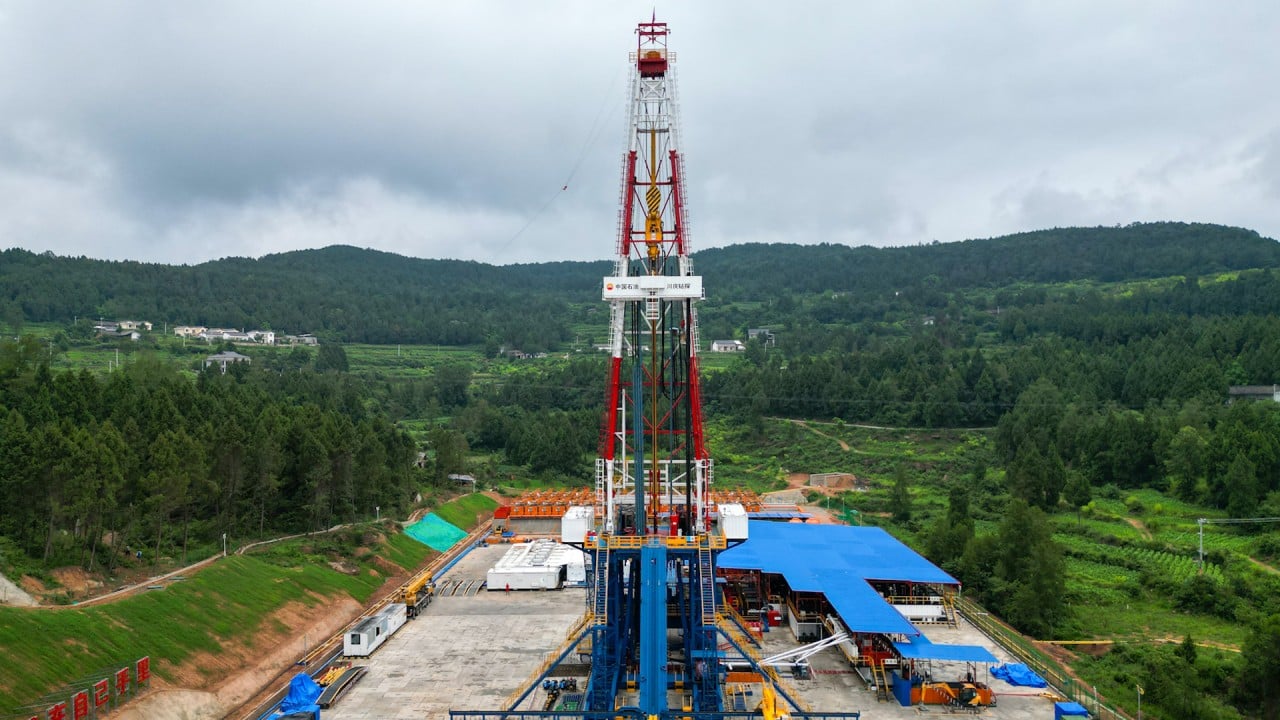As I see it | Why Asia needs to reduce oil dependency – but how to fund clean energy transition?
- With oil prices rising, there is good reason – besides fossil fuel-induced climate change – for import-heavy Asia to slash oil consumption
- But a mere fraction of the huge amounts of cash needed has so far materialised, meaning finance methods and attitudes must alter

Global benchmark crude oil prices soared to US$95 per barrel earlier this month, stoking expectations that the price of the important commodity may soon cross a psychological threshold of US$100 by the end of the year.
Prices eased to just below US$90 on Wednesday, following the US Federal Reserve signalling higher-for-longer interest rates. But the rally is likely to continue because Saudi Arabia and Russia are expected to maintain output cuts and China’s demand is nudging up.
That is providing a strong economic rationale – besides the misery inflicted by fossil fuel-induced climate change – for heavily-import dependent Asia to slash oil consumption.
Unfortunately, the G20 summit in India this month did not announce a timeline to phase out fossil fuel subsidies, although a statement signalled intentions to triple renewable energy and boost climate finance. Last year, G20 nations provided a record US$1.4 trillion to support fossil fuels.
The New Delhi summit recognised that low-cost climate finance of US$4 trillion must be provided to meet net-zero goals, but did not commit to providing the funds.
Nor did rich nations agree to give more than US$100 billion to developing countries, although the humongous task of addressing climate change will require multiple funding, said Vibhuti Garg, director South Asia, Institute for Energy Economics and Financial Analysis (IEEFA).

